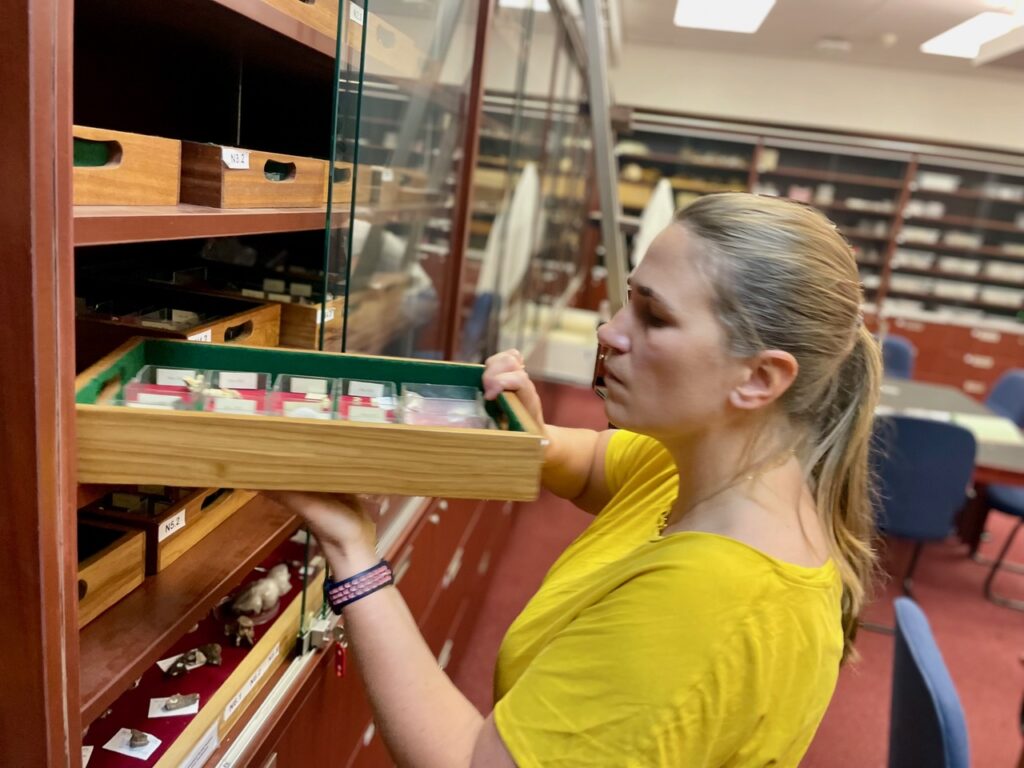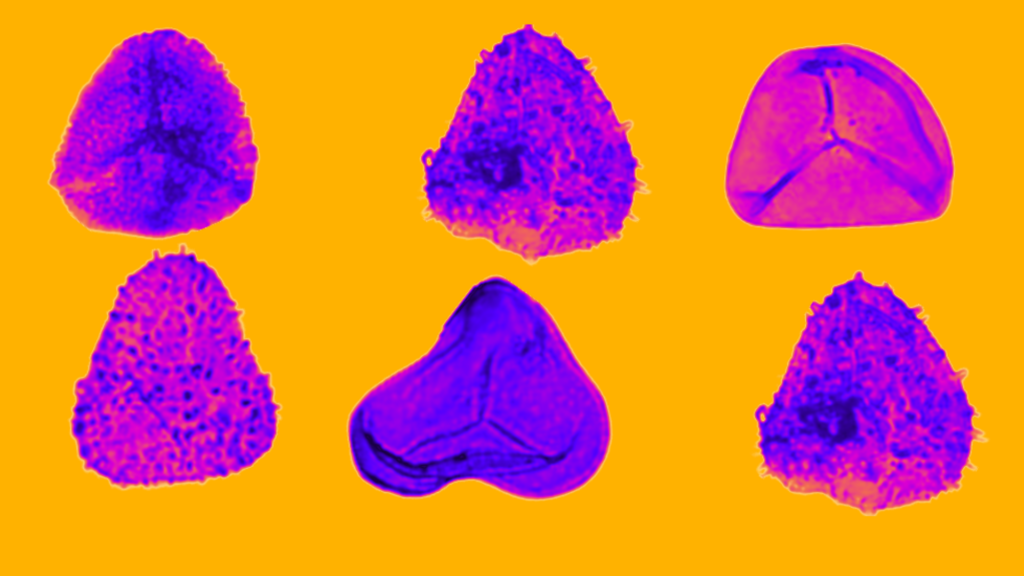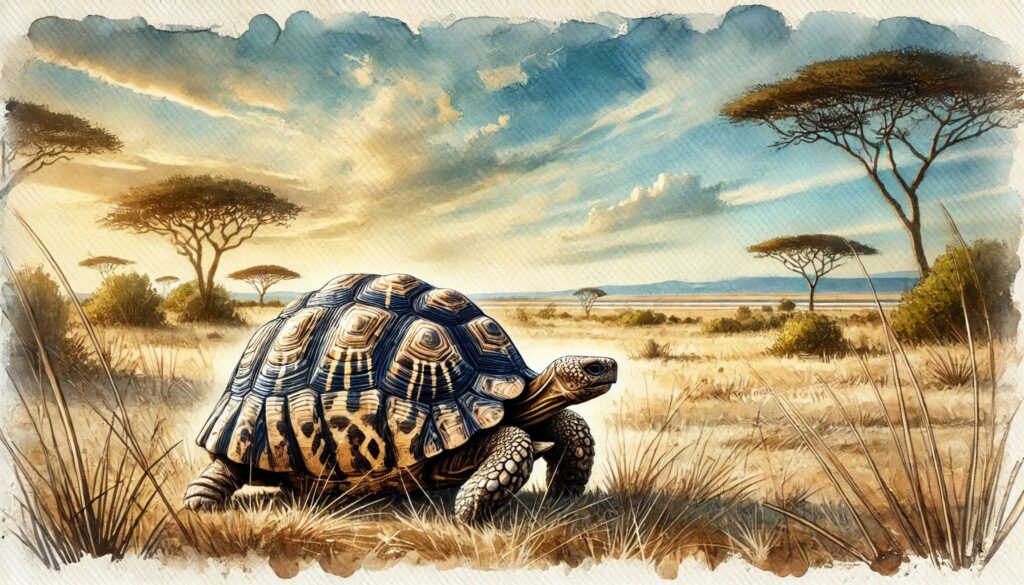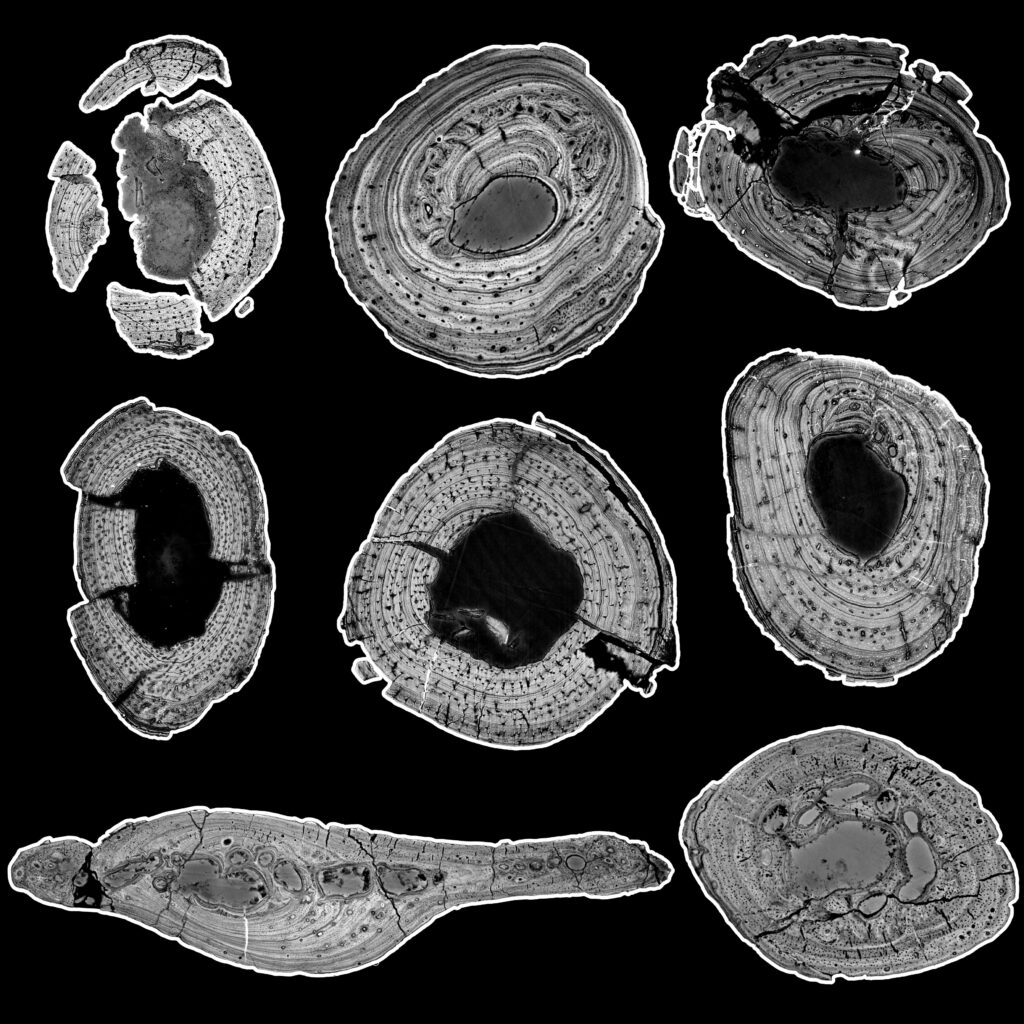Giant 360 million-year-old killer fish
A new paper in PLOS ONE describes the biggest prehistoric bony fish ever described from southern Africa.
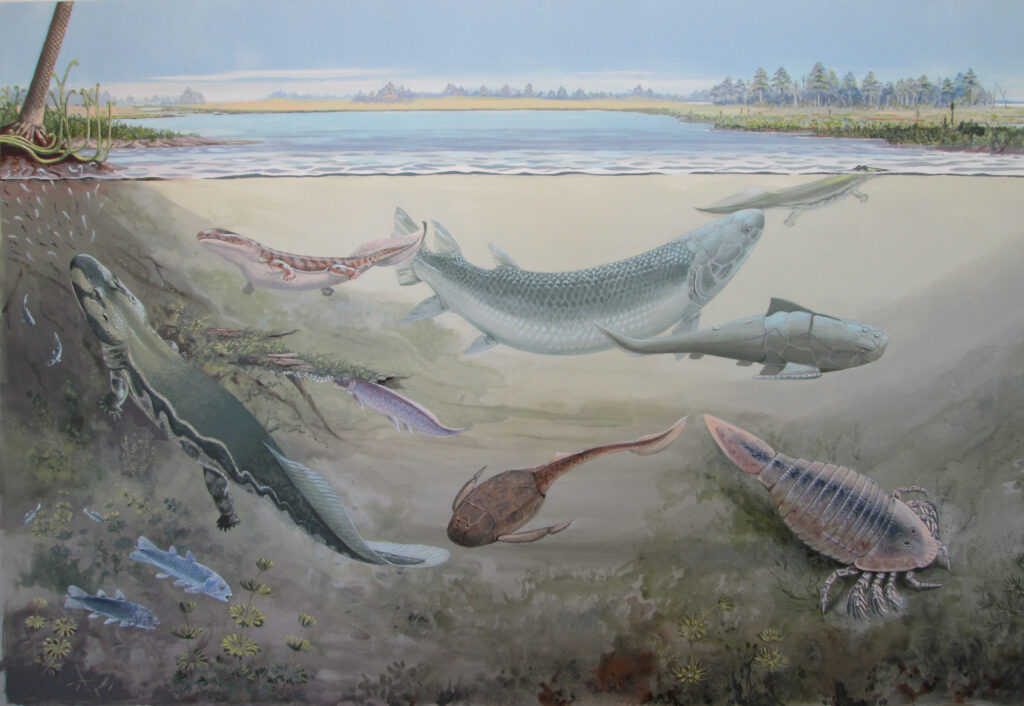
Approximately 3 metres long, the giant killer fish, lived 360 million years ago in the exceptionally well-preserved Waterloo Farm palaeolagoon. This terrifying top predator would have eaten our distant ancestors, such as the aquatic Devonian tetrapods (four-legged animals), Tutusius and Umzantsia.
The new fish, Hyneria udlezinye published in PLOS ONE, belongs to an extinct group of lobe-finned fish called the tristichopterids. This group were the fish-like fish most closely related to tetrapods and is often used as an example of the pre-tetrapod ancestral form. Late in the Devonian, one branch of the tristichopterid family developed into a group of giant forms. It is thought that these giant tristichopterids arose in Gondwana before migrating to Euramerica. All but one genus of giant tristichopterid were formally known from Gondwana, including some also found in Euramerica. Until recently, there was one mysterious exception, Hyneria lindae, from North America. The discovery of a closely related species, Hyneria udlezinye, from southern Gondwana strongly supports the idea that these giants originated in Gondwana. It represents an important missing piece of the puzzle.
It is also the only tristichopterid known from polar regions. Most of the other Gondwanan tristichopterids come from Australia, which was on the tropical northern coast of Gondwana and had a far better-understood fossil record. (Similarly, Euramerica was entirely situated within tropical and subtropical latitudes). Astonishingly, Waterloo Farm is our only window into the diversity of fish and tetrapods from the whole of southern Gondwana (the southern half of Africa and South America combined with western Antarctica), which at the time was situated in the Antarctic circle. The site continues to provide a rich and diverse picture of a complete ecosystem from the Late Devonian.
The description of Hyneria udlezinye is based on several specimens assembled over 30 years by Dr Rob Gess, who has spent most of his life excavating the fossil-rich shale from Waterloo Farm. Each specimen displayed either a scattering of the big bones from decayed individuals of Hyneria or single bones. International lobe-finned fish expert Professor Per Ahlberg teamed up with Dr Rob Gess to painstakingly fit their images of the fossil bones together like a giant jigsaw puzzle. Professor Ahlberg visited South Africa to work with Rob Gess on the collection housed in the Devonian Collection of the Albany Museum in Makhanda. The pair completed their work in Per Ahlberg’s lab in Uppsala, Sweden.
Though the fossils that tell us about life at this time are currently part of the rocks comprising the hills south of Makhanda, they were formed from remains of animals and plants that originally settled into the still mud of a swollen river mouth, which was open to the sea. At the time, Africa did not exist as a separate continent. Still, it was an inseparable part of a southern megacontinent, Gondwana (including Madagascar, India, South America, Australia and Antarctica). The current Eastern Cape was on the southern edge of Gondwana during the Late Devonian, well within the Devonian Antarctic Circle. (Most of the continents we know today, including North America, Europe, and western Asia, are fragments of a second, northern continent, Euramerica, mainly situated in the tropics at the time). The rocks at Waterloo Farm provide our only comprehensive record of an entire ecosystem from within polar regions during the Late Devonian.
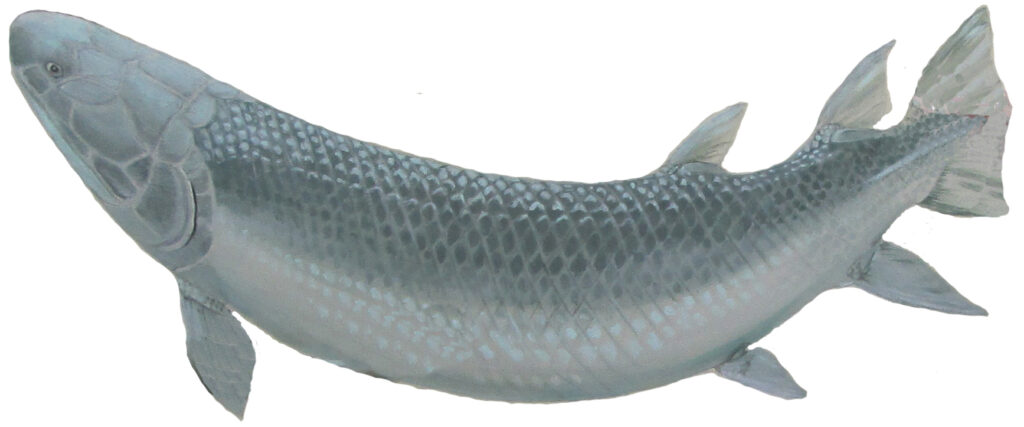
Questions
The authors answer some of the common questions about Hyneria udlezinye.
Is this the biggest fish from Waterloo Farm?
It is the biggest bony fish. We know that huge sharks, at least this big, sometimes entered the estuary from the sea to hunt, but this was the biggest bony fish. It would also have been associated with the more riverine freshwater part of the system, as all other giant tristichopterids are known from river or lake deposits.
What did it eat?
It had rows of sharp teeth and fangs and would have eaten most of the larger kinds of fish and the tetrapods found at Waterloo Farm. Fish at Waterloo Farm include many kinds of extinct armour-plated (Placoderm) fish, extinct spiny-finned fish, and other lobe-finned fish, including coelacanths.
Would these have been the main threat to the tetrapods?
Certainly yes. The tetrapods would also have been living in the more freshwater parts of the system, whilst the other main predators, the sharks, were probably hunting in the more marine part of the estuary. Almost all tetrapod remains we have found are in the same rock layers as the Hyneria remains. Bones of the type specimen of Umzantsia were recovered from the same rock slabs as the type specimen of Hyneria udlezinye. Hyneria, though had quite a deep body with two dorsal fins on its back and a keel-like anal fin underneath, which would have made it difficult for it to enter the shallow water – so the tetrapods with their flatter body shape, lack of dorsal and anal fins and ability to breathe air would have been relatively safe in the shallow water where they probably hunted small fish amongst the waterweeds. When crossing open water, they would have been particularly vulnerable and at risk of being caught by the Hyneria.
How did Hyneria hunt?
The overall body shape of giant tristichopterids tells us they were probably lie-in-wait predators that quietly waited for passing fish and tetrapods before lunging out at speed to grab them in their huge fanged jaws.
How did the fossils get to be outside Makhanda?
The layers of mud containing the animal and plant remains were buried in thick layers of sand when the sea rose, and the beach covered the lagoon. Over millions of years, these layers were buried under hundreds of metres of other sediments deposited by the sea, rivers and lakes. They were all folded into a huge mountain range about 300 million years ago. At that time, the rocks at Waterloo Farm were thrust down 10 kilometres under the earth. There they were transformed into the rocks we see today. As the mountains were eroded to the mere stumps we see today, the fossil-bearing layer slowly rose back to the surface where it was first disturbed by roadworks in 1985. More than 60 kinds of plants and animals are represented by fossil remains so far excavated from the rocks at Waterloo Farm, almost all new to science. This is the 26th unique species to be scientifically described and named in the scientific literature.
